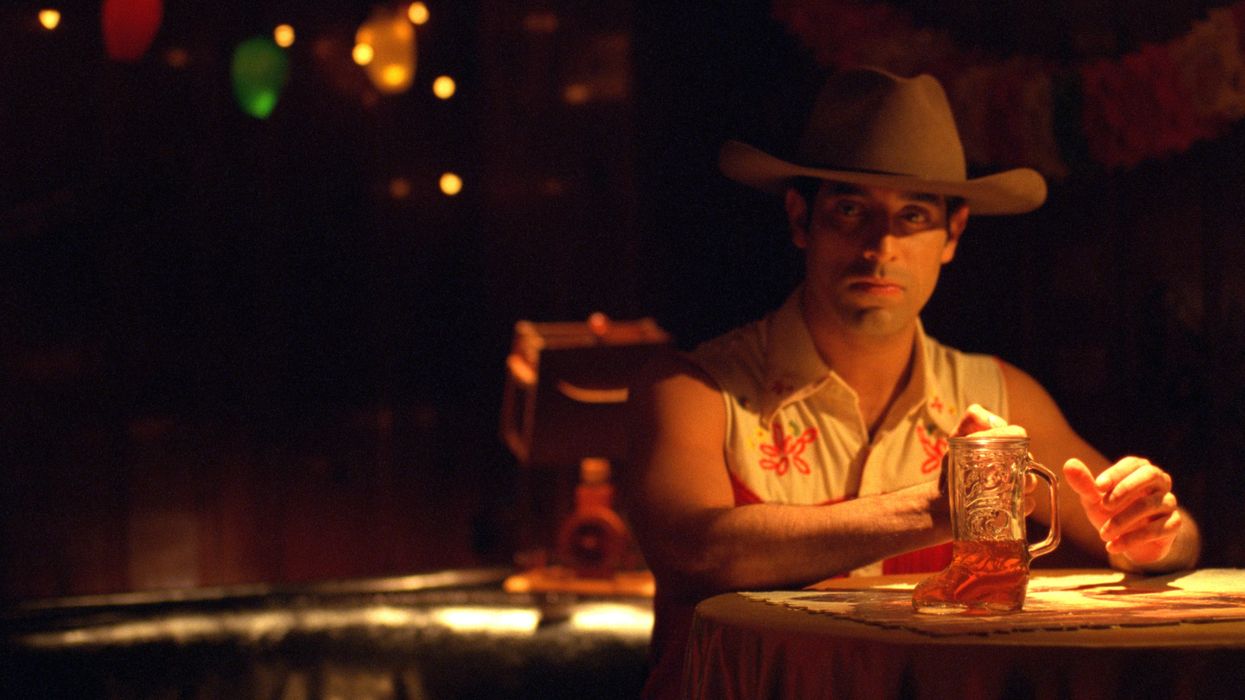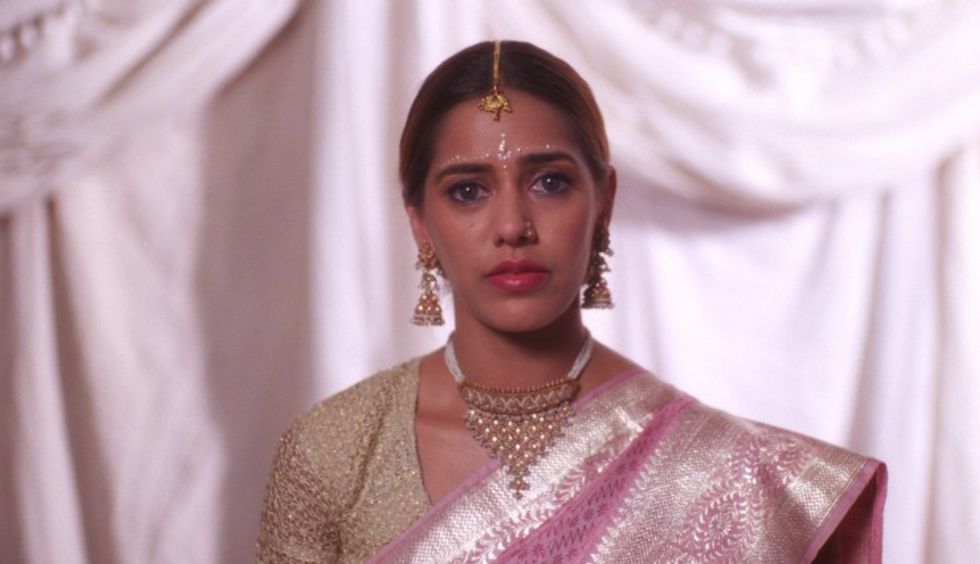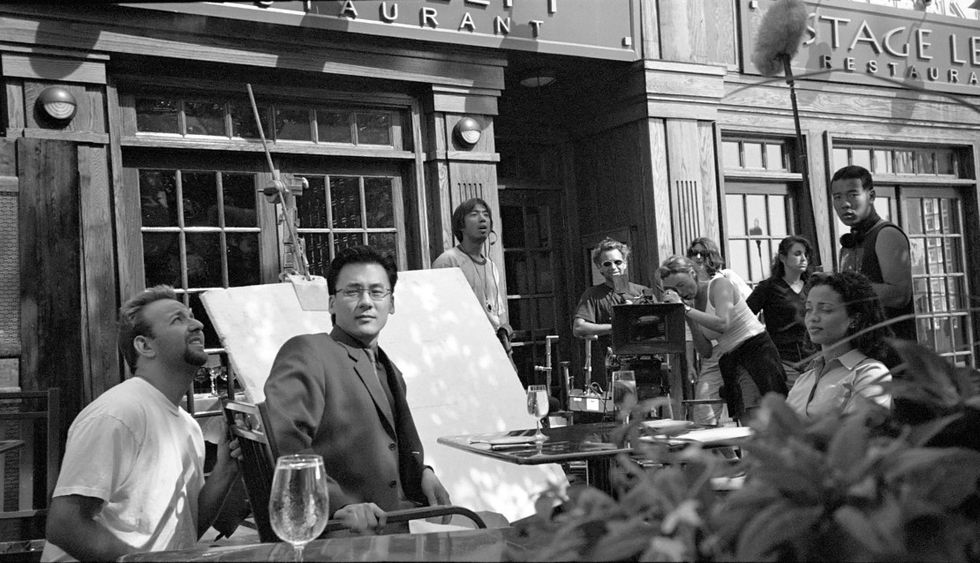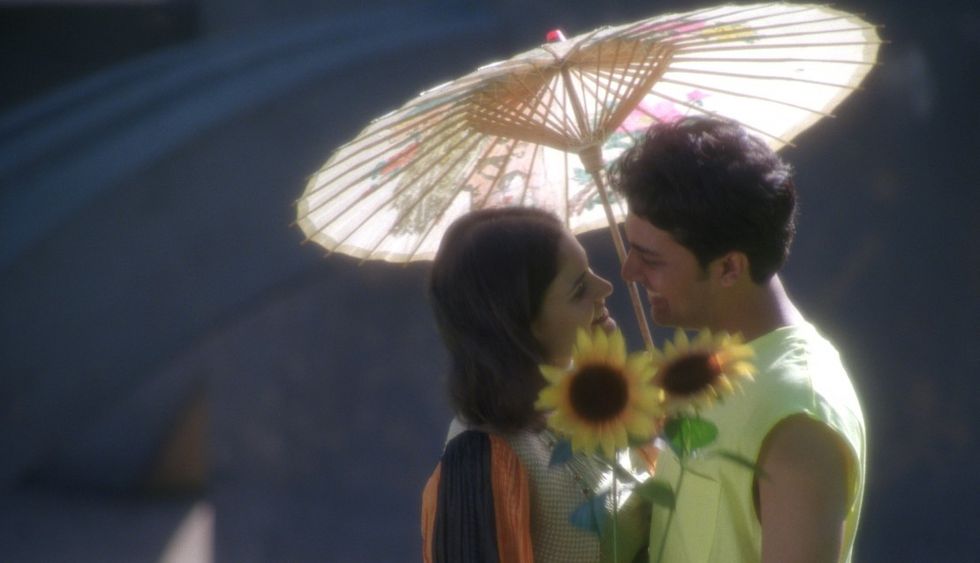Why I Chose Amazon Video Direct to Self-Distribute My Film
You might make the same choice after reading my story, so I’ve included a handy step-by-step guide, too.

Amazon, iTunes, HULU, Netflix, YouTube, Vimeo, VHX. Brands on every Filmmaker and Producer’s radar. I’m no different.
I waited years for my first feature, Indian Cowboy: A Love-Love Story, shot on 35mm film, to get online distribution. A week or so ago, it finally did, thanks to Amazon’s newly launched Video Direct platform.
Indian Cowboy is an indie romantic comedy with a diverse cast, AKA, “no stars”. My sales agent told me how, when he presented the one-sheet of my romantic comedy to distributors at the American Film Market, one asked him flippantly if it starred George Clooney and Meg Ryan. The answer being no, the distributor walked out of the room.
Still, I spent all my money (think 35mm Internegative, Interpositive, Answer Prints, Release Prints) giving it a small theatrical release. That sank without a trace as I had few dollars left to put behind any reasonable marketing effort. My sales agent got me a small deal on HBO/Cinemax in Eastern Europe, and a small order from Netflix for DVDs (back when Netflix still did DVDs). After that, the film stalled. When Netflix dumped their DVD business, the film essentially disappeared.
"The revenue part was going to be negligible. That was a given. My goal was to make the film available to the world, and I didn’t want to spend thousands of dollars doing that. "
The Road to Digital
Being a Digital Product Manager in my “day job,” I stayed very close to the online distribution phenomenon, looking for opportunities to get my existing film online, and work out a pipeline for my future work.
Having sworn off 35mm film entirely, I focused on building a digital pipeline for production. I bought a RED Dragon camera, and so high quality acquisition was in my grasp. Having built a PC, and adopting Adobe Premiere and Resolve Lite, high quality post was also attainable.
But high quality distribution that solved the “audience” and “revenue potential and transparency” problems remained elusive.
I attended IFP’s distribution event, where I got to meet with representatives from YouTube, Vimeo, and VHX. Vimeo had the quality I was looking for, but it didn’t address the audience or revenue needs I had. Even with their “tip jar” at the time, or their current payment options, fact remained that they didn’t bring an audience to the table.
YouTube had the opposite problem. They brought a global audience to the table, but it was not a cohesive, high-quality, ready-to-pay audience. That might explain their current YouTube RED strategy, but that’s a whole different story. The revenue model was a hard nut to crack. I felt like I’d never see any money if I put my film up there. So I decided against it.

VHX was a small player. They promised to be audience-centric, and seemed to address some of the payment challenges. I decided to work towards putting my film up there. I suspected though that there’d be no audience on that site, and eventually, that proved to be true. The recent buyout of VHX by Vimeo may help Vimeo out on some fronts, but “audience” is the missing magic sauce that remained elusive.
One place audience did exist was on iTunes. But the challenges to get on iTunes were the following:
- Creation of an HD Version of the film (transferring 35mm to HD) was expensive.
- Requirement to go through an aggregator (like Distribbr) added initial expense and operational costs.
- iTunes Quality Control promised additional unknown expenses.
Similar challenges existed with the other contenders: Amazon Prime, HULU, and Netflix. The revenue part was going to be negligible. That was a given. My goal was to make the film available to the world, and I didn’t want to spend thousands of dollars doing that.
So I waited.
When Amazon announced their Video Direct service, I knew immediately I finally had what I wanted. Amazon offered a platform to host my film, low-cost of entry, no operational (running) expenses to keep the film on the platform, and the prize I was looking for: THE PRIME AUDIENCE!
A Step-by-Step Guide to Amazon Posting
Once my decision was made, I set about figuring out what was needed.
- HD version of the film
Thank goodness for Resolve Lite! A free software color-correction bundle, Resolve also boasts of a high-quality scaling algorithm. I used Resolve on my PC to up-res the SD version of my film, digitized off a DigiBeta tape. - HD trailer for the film
Resolve Lite to the rescue again. I no longer had the trailer assets (edited a long time ago on AVID Media Composer) but I ripped the trailer from the DVD, and up-resed it. - Key art
Amazon requires two posters in 16:9 and 3:4 aspect ratios. I’m decent enough with Photoshop, and have a subscription to Creative Cloud, so I re-jiggered the assets/layers and created these two pieces. Amazon also requires a 16:9 background image, which I got from the 16:9 poster minus everything except the background. - Closed captions
This was trickier. Back when I had created the DVD, the manufacturer had created the captions and they were available on the DVD. I spent a ton of time figuring out how to recreate them, then finally stumbled upon this – Rip the subtitles off the DVD into a .SRT file using Optical Character Recognition. This kept all the sync information, but needed review as the OCR frequently failed to recognize letters correctly. - Metadata
I needed to provide all the standard stuff like description, cast etc. I tweaked this some to ensure I had SEO-friendly cast members at the top. For those who aren’t familiar with SEO, it stands for “Search Engine Optimization” and it helps your content show up ranked higher on google when people search for related terms. - Link to Amazon bank account
Since I had a business account for my production company, I created a new amazon account for this.
The total cost of all of this in real dollars (i.e. not including my time)? $0.
So for a grand total of ZERO DOLLARS (again, not including my time), I would be able to get my film up on a well-known platform, with a built-in audience primed for consuming entertainment content.
It’s fair to say I jumped for joy!
Amazon has given me the boon of “online self-distribution”–a phrase that is meaningless if a platform doesn’t solve for audience, revenue and metrics.
Bumps in the Road
Despite my initial excitement, there was a bump along the way.
After hours of uploading (despite Verizon FIOS), Amazon barfed on the movie file. It was a .MOV but had H.264 encoding. Amazon didn’t like that, asking for ProRes 422 HQ for a MOV file. I tried creating a MP4 file to circumvent this, but with no luck.
I had ditched Final Cut Pro since the switch to FCP X. I didn’t want to spent a couple of hundred dollars buying FCP X just to get the ProRes codec. Fortunately, I could buy Compressor for about fifty bucks and install the Pro Codecs from Apple. Another weekend to re-encode to ProRes and upload, and this time, amazon had no issues with my film and trailer encodings.
But the film still didn’t show up on Amazon!
I must have searched for it a million times. The user interface doesn’t do a great job of letting you know the film is waiting for review. All you see are these half-filled green circles, which means that the film is waiting on a human being to review the submission and approve it for release on the platform. I figured that out via hard-to-find FAQs.
Then, I just waited.
About three days later, I logged in and saw the circles were fully filled in with green! BAM! I checked on the Amazon site, and there it was.
I streamed my film to test and sure enough, it played and I was thrilled to bits.
Time for the final item on the to-do list:
7. Add links to the Amazon page on the Indian Cowboy website.

I’ve been keeping track of the hours viewed, and the film has racked up a couple of thousand minutes already. Not bad for a film that was essentially sitting in my basement for years.
Now, this won’t make me rich. Let’s be clear about that. A thousand minutes of streaming add up to about a dollar fifty. That’s right. $1.50.
So why the hell am I so excited?
If it wasn’t obvious going through my story above, let me sum it up here.
- Amazon brought an audience to the table—one that’s ready to consume entertainment content table on a variety of platforms including desktop, mobile devices, OTT devices (Roku)
- Amazon allows me access to metrics like hours viewed, that I can use to measure effectiveness of promotional and marketing strategies.
- Amazon gave me a low-cost, true self-distribution alternative (no Distribbr or other middle-men). It has given me the boon of “online self-distribution” – a phrase that is meaningless if a platform doesn’t solve for audience, revenue and metrics.
- Amazon will (hopefully) drive competition, and platforms like iTunes etc., will provide a low-cost option for self-distributers like myself
- Amazon allows me as a writer/filmmaker to complete the pipeline for my product – I had production and post figured out, and now distribution has an acceptable solution.

What Amazon could do better
What more would I like from Amazon Video Direct to make it more compelling for indie filmmakers?
- Deeper metrics like abandonment data (where a user stopped watching a film) and viewer demographics, Referral information (which page linked the user to the film page)
- Promotional Tools (placement in recommendation panel for a fee, as an example)
- More territories (currently only US/UK/Germany and Japan are supported)
- Support for Subtitles in Additional Languages
- 4K support (Dolby Atomos and home theatres should not be underestimated)
- Maker-to-Maker (Allow filmmakers more capabilities – for eg., promote films together)
The roadmap and the opportunity for Amazon Video Direct is rich and huge. They have the ability to become that one distributor who solves the audience and revenue challenges to self-distribution and enables a worldwide platform for all filmmakers.
So what’s next on my to-do list? To move the pilot for my web series The BOYE Division, an espionage comedy, from Vimeo to Amazon Video Direct.
Nikhil Kamkolkar is a writer-filmmaker now working on sci-fi political thriller web series. Check out his first feature 'Indian Cowboy' on Amazon, or reach him on Twitter or Facebook.











